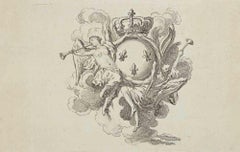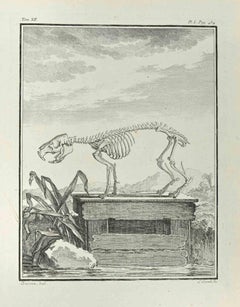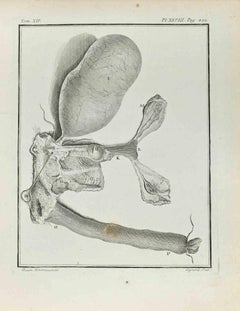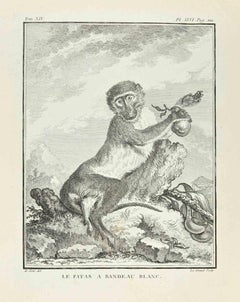Louis Legrand Prints and Multiples
Louis Legrand was born in Dijon, France, on September 29, 1863. He worked as a bank teller and studied art at the Dijon Ecole des Beaux-Arts in his spare time. At the age of 20, he won the Devosge prize at that school and a year later left for Paris. Legrand arrived in Paris in 1884, where he studied under Felicien Rops and soon became famous for his paintings, drawings and etchings depicting the Parisian beau-monde. A superb draughtsman, his etchings also show great sophistication. Legrand's prints were almost all published by Gustave Pellet, who published many erotic images.
1770s Modern Louis Legrand Prints and Multiples
Etching
1770s Modern Louis Legrand Prints and Multiples
Etching
1770s Modern Louis Legrand Prints and Multiples
Etching
1770s Modern Louis Legrand Prints and Multiples
Etching
1770s Modern Louis Legrand Prints and Multiples
Etching
1770s Modern Louis Legrand Prints and Multiples
Etching
1770s Modern Louis Legrand Prints and Multiples
Etching
1770s Modern Louis Legrand Prints and Multiples
Etching
1770s Modern Louis Legrand Prints and Multiples
Etching
1770s Modern Louis Legrand Prints and Multiples
Etching
1770s Modern Louis Legrand Prints and Multiples
Etching
1770s Modern Louis Legrand Prints and Multiples
Etching
1770s Modern Louis Legrand Prints and Multiples
Etching
1770s Modern Louis Legrand Prints and Multiples
Etching
1770s Modern Louis Legrand Prints and Multiples
Etching
1770s Modern Louis Legrand Prints and Multiples
Etching
1770s Modern Louis Legrand Prints and Multiples
Etching
1770s Modern Louis Legrand Prints and Multiples
Etching
1770s Modern Louis Legrand Prints and Multiples
Etching
1770s Modern Louis Legrand Prints and Multiples
Etching
1770s Modern Louis Legrand Prints and Multiples
Etching
1770s Modern Louis Legrand Prints and Multiples
Etching
1770s Modern Louis Legrand Prints and Multiples
Etching
1770s Modern Louis Legrand Prints and Multiples
Etching
1710s Modern Louis Legrand Prints and Multiples
Etching
1770s Modern Louis Legrand Prints and Multiples
Etching
1770s Modern Louis Legrand Prints and Multiples
Etching
1770s Modern Louis Legrand Prints and Multiples
Etching





